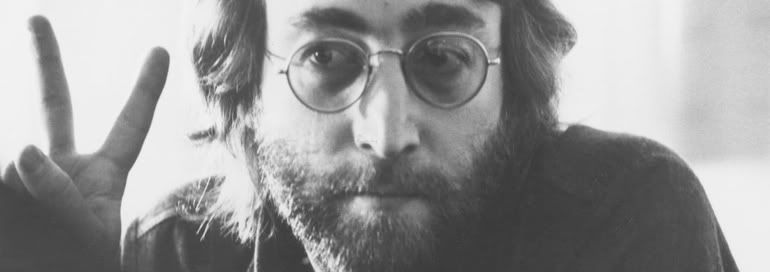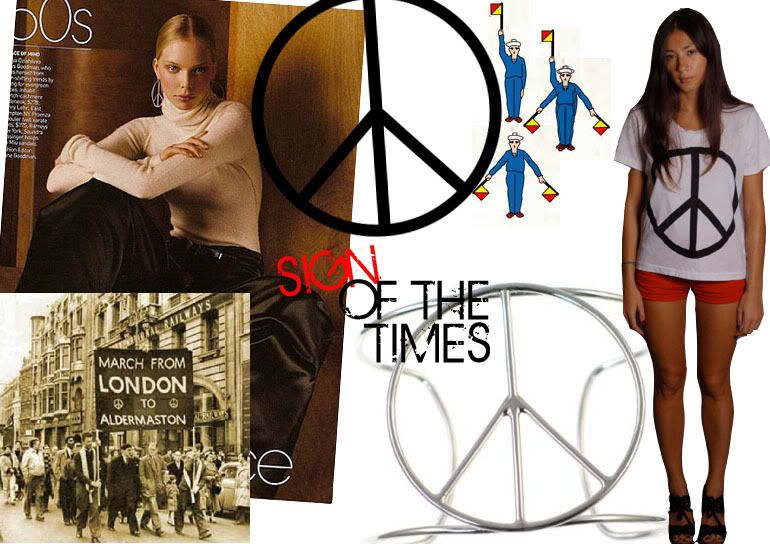
along with my tendency to indulge in too many magazines, too many clothes, and too many shoes, i also have a major thing for books. i can't quite put my finger on exactly what kind of books i prefer.. i like what i like and there's really no rhyme or reason to the process. i like the classics, but i have to be inspired in a very particular way to read one. i love contemporary novels, but i'll often get bored halfway through for no real reason. i thought i hated biographies, but there's a growing list of people whose life stories i'd love to read. i do like how-to books, but they have to be somewhat engaging and humorous.. choosing what to read is a random process, but it works out in the end.
one thing that almost always gets me, though - and this goes against everything my mother taught me - is a pretty cover. there, i said it: i judge books by their covers, which makes coffee table books practically always a sure thing. eye-catching covers, stunning imagery inside, glossy pages that remind me of my beloved magazines.. it's almost too good to be true. imagine my excitement when my friend taylor surprised me with a hefty coffee-table book titled peace: 50 years of protest. not only does it meet all of my superficial criteria for a good read, its subject matter also includes a few of my favorite things, like history, the fifties and sixties, fashion, hippies, art, and social protest. it starts out with a history of the symbol itself and goes on to address its universal popularity. english artist gerald holtom created the symbol in 1958 for the campaign for nuclear disarmament (cnd) protest march from london to aldermaston, home of england's atomic weapon establishment. made up of the semaphoric symbols for n and d and enclosed in a circle, it quickly came to represent the nuclear diasarmament cause as well as a worldwide initiative for peace.

 while i was doing google searches for this post, i found this article, which got me thinking about the ethical implications of the annexation of the peace symbol by the fashion industry. in my opinion, pretty much all's fair in design and fashion, as long you're adopting or tweaking an entity or aesthetic with a certain degree of respect, a nod to the originator of the design in question, and a purity of intent - that is, the pursuit of artistic creation (unlike the keffiyeh, for example: unless you've really done your homework on the subject, i feel like that square of patterned cloth is far too entrenched in a history of political and military conflict for a pretty young western thing to drape it about her neck as the perfect summer accessory. any other print would do just fine.). the article laments the fact that holtom never copyrighted his symbol, but according to the book, this was a conscious decision. though not everyone knows the nuclear disarmament roots of the symbol today, mostly everyone does know that it represents peace, and i don't think placing it on an expensive garment really exploits or violates that message (i do hope that these companies make donations to cnd, as the organization encourages artists and designers to do).
while i was doing google searches for this post, i found this article, which got me thinking about the ethical implications of the annexation of the peace symbol by the fashion industry. in my opinion, pretty much all's fair in design and fashion, as long you're adopting or tweaking an entity or aesthetic with a certain degree of respect, a nod to the originator of the design in question, and a purity of intent - that is, the pursuit of artistic creation (unlike the keffiyeh, for example: unless you've really done your homework on the subject, i feel like that square of patterned cloth is far too entrenched in a history of political and military conflict for a pretty young western thing to drape it about her neck as the perfect summer accessory. any other print would do just fine.). the article laments the fact that holtom never copyrighted his symbol, but according to the book, this was a conscious decision. though not everyone knows the nuclear disarmament roots of the symbol today, mostly everyone does know that it represents peace, and i don't think placing it on an expensive garment really exploits or violates that message (i do hope that these companies make donations to cnd, as the organization encourages artists and designers to do).fashion's treatment of the peace symbol is indeed "a far cry from the thrift-store aesthetic of the original hippies," as the article phrases it, but we're not the original hippies (no matter how much i wish i were). therefore, designers don't choose to reimagine and recreate the hippie aesthetic, it's the only thing they can do. besides, the peace symbol is only a representation of hippie culture in retrospect. the hippies took the peace symbol and reappropriated it for their own purposes, much like designers are now doing with hippie style, albeit for a profit. the peace symbol has become an undeniably permanent fixture within a global cultural lexicon, but it's impossible to overlook the fashion industry's significant role in perpetuating the symbol's widespread appeal and relevance.
that said, i'm so looking forward to barney's "have a hippy holiday" campaign! nicolas ghesquière, alber elbaz, phillip lim, and alexander wang create peace sign-inspired dresses? yes, yes, yes, and yes.
[photo credits: google image search (1,2, 3, 4, 5, 6), fashionologie, target, sophomore, style.com]










2 comments:
this makes me think, what symbol will someone, 50-some-odd years into the future tweak for the future "Spring Summer 2025 Ready-to-wear"?
hm...trying to think of something but can't think of any possible candidates.....
The Mac Apple?
jen brill is gorgeous!
Post a Comment